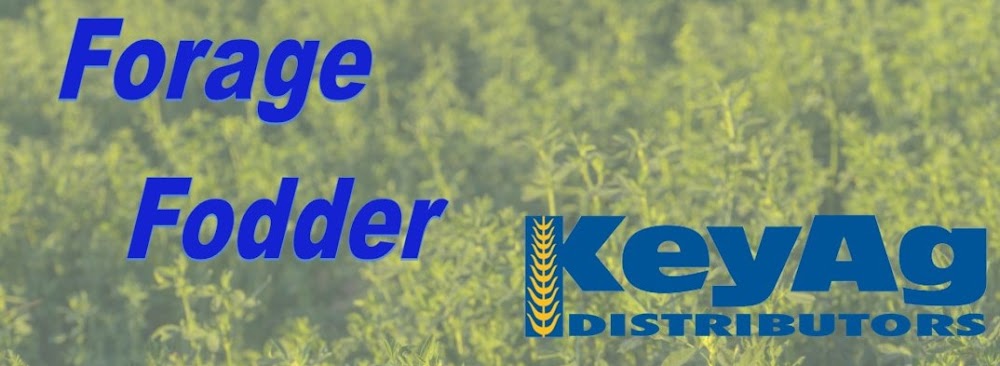Colorado—In the April 18 report, compared to the last report, trade activity light on light to moderate demand. Stable hay sold mostly steady.
Missouri—In the April 18 report, compared to last report, the supply of hay is light to moderate, and prices are mostly steady. Hay season is underway in the state, not dry hay yet but, there has been several producers out baling and wrapping. Planting progress is well underway and currently well ahead of the five-year average pace. Drought conditions persist and although the lack of moisture is allowing farmers to get work done, moisture is needed in nearly 70 percent of the state. There have been several reports of producers out buying some hay now to store till next feeding season as they do not wish to start the year with empty hay piles now knowing how last year went.
Nebraska—In the April 18 report, all reported hay sales sold steady on a very thin test. Demand was light. Several hay producers are holding over several tons of hay. Some hay producers are gearing up to plant alfalfa this spring on irrigated pivots. But overall the drought monitor shows the state in a lot better shape than it was this time last year.
Oklahoma—In the April 12 report, compared to the last report, the demand and trade remain low. The first crop of new hay is beginning to be cut and baled. There are still barns full of old-crop hay which is causing hay to continue to lower in price entering into the new hay season. Next report will be released April 26.
Texas—In the April 19 report, compared to last report, hay prices are mostly steady to weak on old crop hay, with the exception of the Panhandle where prices are firm. Hay supplies are tight in the Panhandle as producers have continued supplemental feeding while waiting for spring pastures to green up. The majority of the state received moisture over the past week. Next report will be released May 3.
South Dakota—In the April 19 report, compared to last report, hay movement has been slow and demand is lower than normal. There is chance of rain in the forecast and hay is starting to green up but still has a lot of growing to do. With movement being down, the next report will be issued May 3.
New Mexico—In the Nov. 24, 2023 report, compared to last report, alfalfa hay steady. Trade active, demand good. The the state is 73% complete with fifth cutting, 54% with sixth cutting. Most parts of the state are wrapping up harvest for the season. According to New Mexico Crop Progress report as of Nov. 12, 2023. Hay and roughage supplies improved slightly from the previous week but remained in worse condition than prior years. Hay and roughage supplies were observed to be 25% very short, 42% short, 30% adequate, and 3% surplus. At 14% very short, 37% short, 45% adequate, and 4% surplus, stock water supplies were on par with the 5-year average. This is the last report for the season, reports will resume in spring 2024.
Wyoming—In the April 11 report, compared to last report, all reported hay sold steady. Demand was light. Several contacts stated they have anywhere from 1500 to 2000 tons of hay still left to sell from the 2023 production year. Some are thinking of tarping left over piles of hay. Next report will be released April 2.
Montana—In the April 19 report, compared to last report, hay sold generally steady. Some insurance loads of hay continue to sell as drought conditions worsen in some locations, especially in the western portion of the state. Much needed moisture fell in many locations across the eastern and southern portion of the state and grass has greened significantly. Demand for hay remains light as lighter cow numbers and mild weather have curbed usage. Hay supplies of feeder quality hay remain heavy. Producers remain willing to carry over hay as snowfall has been light this winter and many still have drought and irrigation water concerns going forward. The best demand for feeder quality (utility and fair) hay remains around $130-$150/ton delivered. Demand for straw is light as heavy straw supplies continue to be seen especially in the northern portion of the state.


No comments:
Post a Comment